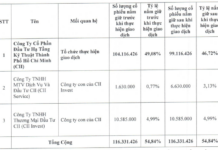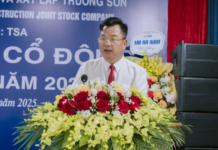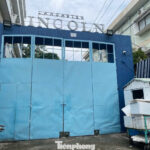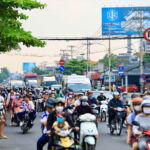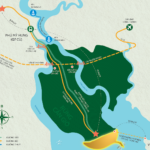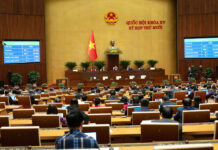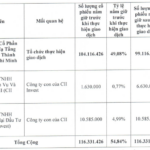The above information was presented by a representative of the Ho Chi Minh City Department of Tourism on the afternoon of October 23 during a press conference on socio-economic updates.
Ms. Nguyễn Thị Thanh Thảo, Head of the Tourism Resource Development Planning Department (Ho Chi Minh City Department of Tourism), stated that the Cái Mép – Thị Vải area currently functions primarily as a cargo port and lacks dedicated infrastructure for passenger services. To accommodate international cruise ships, the city requires additional time to enhance infrastructure, train personnel, and establish service protocols.
“From now until June 2026, the Department of Tourism will collaborate with the Cái Mép – Thị Vải Port Authority to develop a pilot program and operational plan for welcoming international cruise ships. Additionally, we are exploring the possibility of expanding passenger services at existing ports beyond the pilot phase,” said Ms. Thảo.
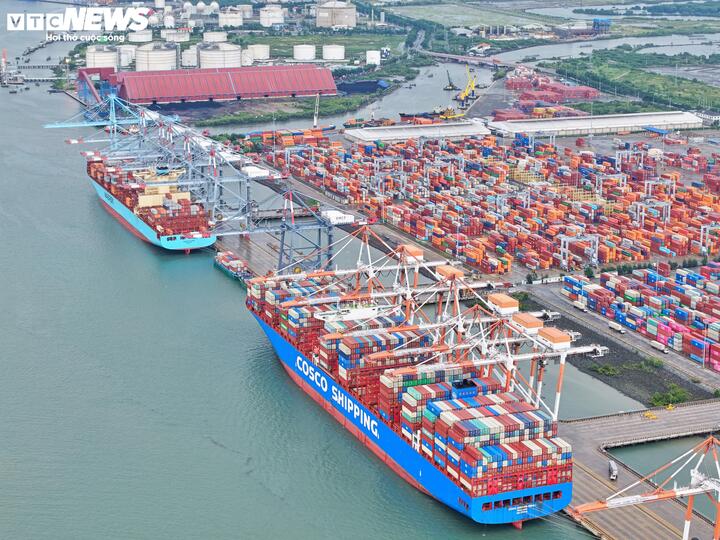
Cái Mép – Thị Vải Port, Vietnam’s largest deep-water port complex. (Photo: Lương Ý)
Following directives from the Ho Chi Minh City People’s Committee, the Department of Construction has collaborated with relevant agencies to prioritize investment projects for waterway transportation, including an international passenger port. The department has completed a pre-feasibility study and submitted a proposal to the People’s Committee for the development of an international passenger port in Vũng Tàu, addressing the growing demand for maritime transport and tourism.
According to the master plan approved by the Prime Minister, the Cái Mép port area is designated as an international gateway and transshipment hub, while the Thị Vải port area supports regional socio-economic development.
The Ministry of Construction has granted permission for international cruise ships to continue using certain berths in the Cái Mép – Thị Vải area until June 30, 2026. This extension allows Ho Chi Minh City to prepare infrastructure and investment plans, ensuring a seamless transition to regular international passenger services post-2026.
Prime ‘Golden Land’ Project Lancaster Lincoln Encroaches Over a Thousand Square Meters of Public Land
The newly licensed Lancaster Lincoln project was granted construction approval for its basement on the land plot at 430 Nguyen Tat Thanh. However, the developer proceeded to construct on the adjacent plot at 428 Nguyen Tat Thanh, Ward Xom Chieu, Ho Chi Minh City, including an interlocked public land area of 1,273 m², without obtaining investment approval or a construction permit. Due to these violations of construction and land use regulations, the project has been penalized and construction has been halted.
Ho Chi Minh City Sets Compensation Payout Timeline for National Highway 13 Project
Ho Chi Minh City has officially approved the implementation plan for the BOT project to upgrade and expand National Highway 13, with a total investment of nearly VND 21 trillion. The project is expected to be completed and operational by 2028.
Transforming Connectivity: Major Transport Projects Linking Can Gio Set to Commence in 2026
A series of pivotal transportation projects connecting Can Gio are set to transform the region’s infrastructure. These include the Rung Sac interchange with the Ben Luc – Long Thanh Expressway, the Can Gio Bridge, and the Ho Chi Minh City – Can Gio metro line, all slated to begin construction in 2026. Additionally, the proposed Can Gio – Vung Tau sea-crossing road is under investment study, further propelling the area into a new era of infrastructure development.
















